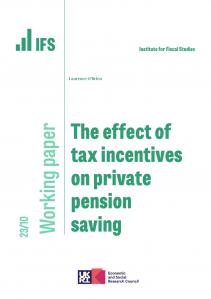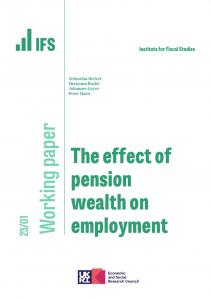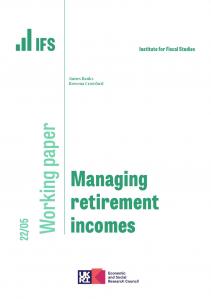Gold-plated retirement packages, long closed to private sector workers, need urgent revision.
Public sector fat cats have been in the news again. For much of the summer the Labour former minister Andrew Adonis has been waging a one-man war against the pay of university vice-chancellors, some of whom command salaries in excess of £400,000 a year. This week it was reported that dozens of very senior civil servants have amassed pension packages worth more than £1 million.
Among all the outrage though, don’t forget one enduring fact: if you really want to get rich then the public sector is not for you. The very top earners, those on £200,000 and more, are still overwhelmingly concentrated in the private sector. Banking, finance and professional services are where the really serious money is to be made. For most, the public sector pays pretty well relative to the private sector. But pay is relatively compressed. The gap between top and bottom is much bigger in the private sector.
So why the outrage over public remuneration? No doubt part of it is about where the money comes from: taxpayers or, in the case of vice-chancellors, taxpayers and the students paying £9,250 a year in fees. Of course we are also paying those inflated City salaries through charges on our savings and borrowing, though perhaps that is less obvious. Part of it may be a sense that these public sector bureaucrats don’t face risks like their private sector counterparts, perhaps we don’t value what they do, or maybe it’s just because their pay is something we can control directly.
Whatever the reason, the fact remains that the most senior public servants are generally paid less than their private sector counterparts. According to the senior salaries review body, whose job it is to recommend pay increases for senior civil servants and judges, among others, the gap is very big. It thinks many senior civil servants earn less than half the private sector equivalent. While such comparisons need to be interpreted with considerable care, the £160,000 or so a year paid to the heads of civil service departments — some of the biggest and most complex organisations in the country — is without question lower than the amounts paid to those doing similarly complex jobs elsewhere in the economy. These are big salaries relative to what most people earn, but hardly outlandish.
Pensions, though, may be another matter. Public sector remuneration is weighted much more heavily towards pensions than is remuneration in the private sector, and that is true for the fat cats and their thinner brethren alike. The public sector and universities are the last redoubts of the defined benefit occupational pension scheme, which guarantees an index-linked, salary-related pension from retirement until death. Nearly all private sector organisations have decided these things are just too risky and too expensive to provide.
And these pensions can be very valuable. In The Times on Tuesday it was suggested that the pension arrangements of a permanent secretary providing an annual pension of £85,000 a year plus a lump sum of £245,000 were worth £1.8 million. That is based on a calculation in the tax code that is supposed to translate the values of these salary-related pension promises into a single cash number. But if I actually wanted to a buy a pension of this size I would need nearer £3 million. So not only are these pensions immensely valuable, their value is greatly understated in official figures. Those high earners lucky enough to have such gold-plated pensions also get an extraordinarily good deal from the taxman relative to people saving into their own pension pot.
Even so, much tighter pension tax limits than in the past do mean that many senior public officials face higher tax bills as they breach these limits. There seems to be something of an inconsistency when the same government sets a tax code designed to limit tax-advantaged pension accumulation and yet provides pensions to its own senior employees which ensure they fall foul of those same tax rules. There is also here, as in so much else, an intergenerational inequity. Those high-flyers at or near the end of their careers have benefited from much more generous tax breaks than younger colleagues and, absurdly, still get full pensions from the age of 60.
The difference between public and private sectors in pension provision has grown dramatically as the private sector has locked the young out of salary-related schemes altogether while protecting the old. Some public sector changes have been more equitable than that: the move from the RPI to the less generous, and more appropriate, CPI indexation for all means that both young and old have shared some of the pain. Change, though, has otherwise been slow, and very modest, particularly for older employees. The university pension scheme has built up a £17.5 billion deficit, the biggest of any funded pension scheme. Reforms, affecting future benefit accruals only, have come much later than in many other schemes. Unless their investments do remarkably well, someone — students, taxpayers or university employees — will have to pay for this eventually.
All of this goes too easily under the radar. When it comes to pensions, especially but not only in the public sector, we are too slow to act in the face of changes to life expectancy and increases in liabilities; too quick to turn a blind eye to inequity; too modest in our ambitions; and too keen to sacrifice the future interests of the young in favour of the accumulated rights of the old.
This article was first published by The Times and is reproduced here in full with permission. Paul Johnson is director of the Institute for Fiscal Studies. Follow him on @PJTheEconomist









